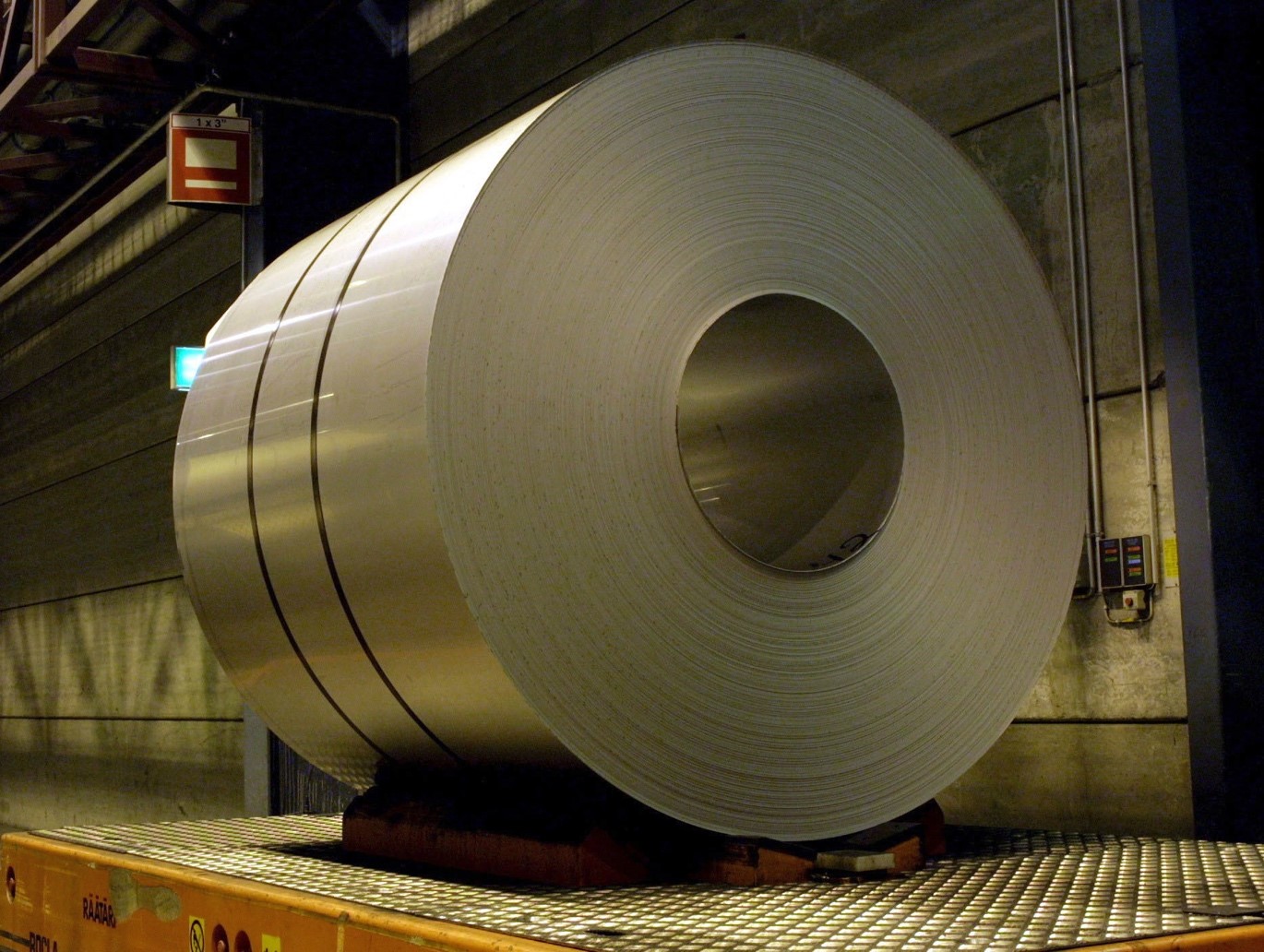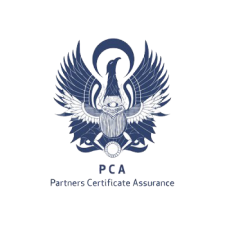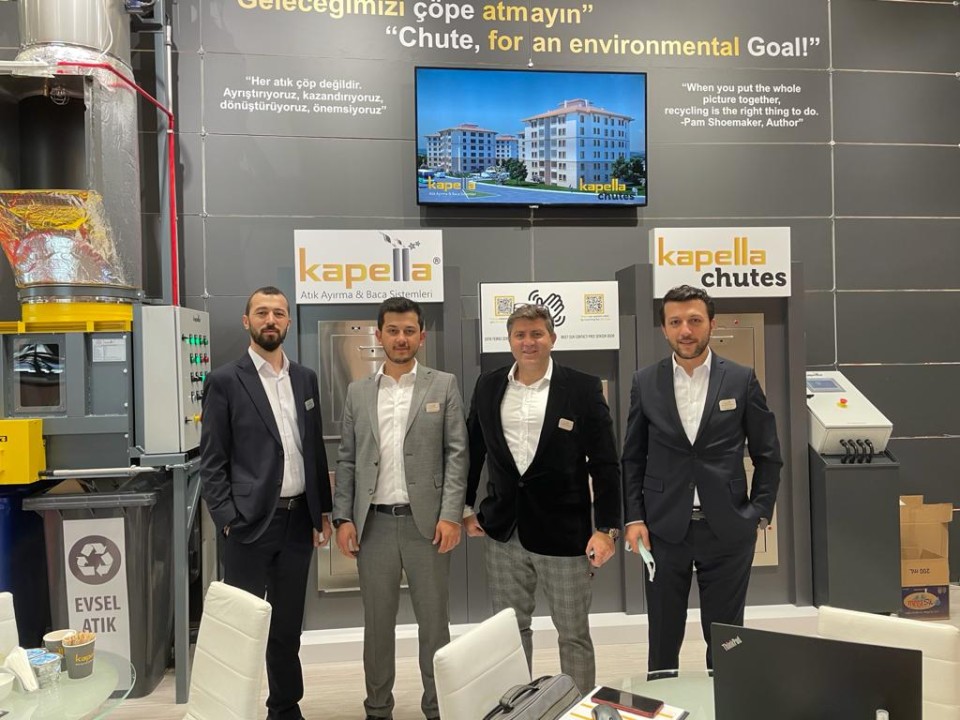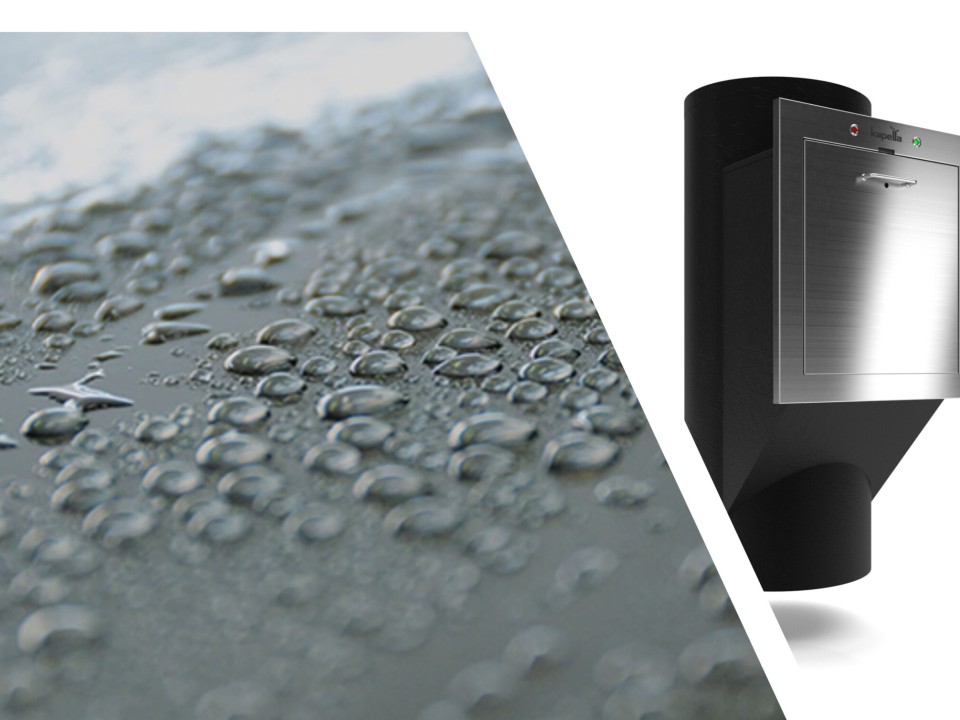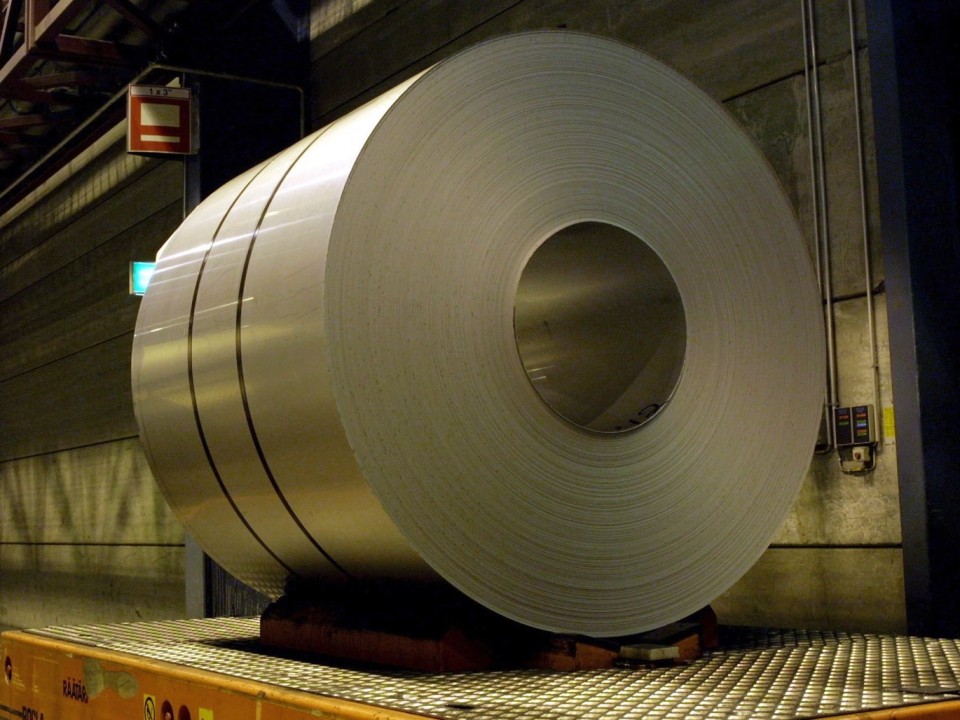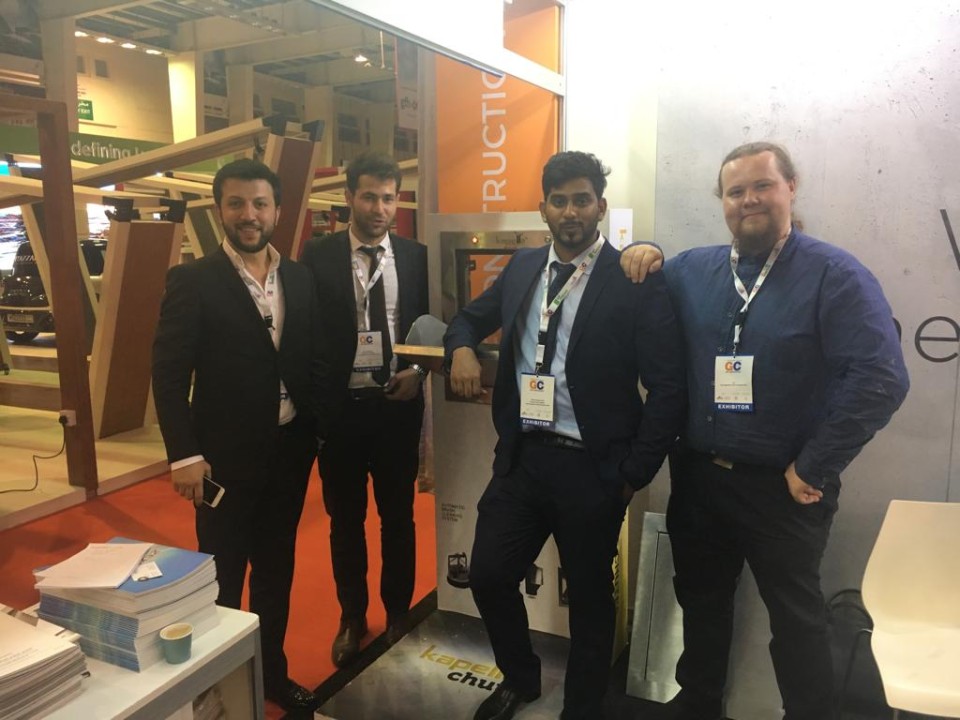Stainless steel is not a single alloy, but rather the name applies to a group of iron-based alloys containing a minimum of 10.5% chromium. Other elements are added and the chromium content increased to improve the corrosion resistance and heat-resisting properties, enhance mechanical properties, and / or improve fabricating characteristics. There are over 50 stainless-steel grades that were originally recognized by the American Iron and Steel Institute (AISI.) Three general classifications are used to identify stainless steel. Among alloy types, “304” is the basic chromium-nickel austenitic stainless steel and has been found suitable for a wide range of applications. It is the most readily available in a variety of product forms. This grade is easy to form and fabricate with excellent resistance to corrosion. It is a nonmagnetic steel.
The stainless alloy resists most oxidizing acids and can withstand all ordinary rusting. However, it will tarnish. It is immune to sterilizing solutions, most of the organic chemicals and a wide variety of inorganic chemicals.
Stainless steel is used for critical environments that require a higher level of resistance to corrosion than Type 304 can offer. Type 316 is also austenitic, non-magnetic, and thermally non-hardenable stainless steel like Type 304. The carbon content is held to 0.08% maximum, while the nickel content is increased slightly. What distinguishes Type 316 from Type 304 is the addition of molybdenum up to a maximum of 3%. Molybdenum increases the corrosion resistance of this chromium-nickel alloy to withstand attack by many industrial chemicals and solvents, plus inhibits pitting caused by chlorides. Molybdenum is one of the single most useful alloying additives in the fight against corrosion.
By virtue of the molybdenum addition, Type 316 can withstand corrosive attack by sodium and calcium brines, hypochlorite solutions, phosphoric acid; and sulfurous acids used in the paper pulp industry. This alloy, therefore, is specified for equipment in the medical industry, pharmaceutical manufacturing, and sterile area. Type 316 is also used extensively for surgical implants.
430: Stainless steel is a low-carbon plain chromium ferritic stainless steel. Mainly used for kitchen grade tables and utensils along with other applications not demanding in anti-corrosion properties. However, the stainless steel has good corrosion resistance in mildly corrosive environments and good resistance to oxidation at elevated temperatures. The steel has limited weldability and should not be used in the as welded condition for dynamic or impact loaded structures. Being a ferritic material, 430 is liable to brittle fracture at sub-zero temperatures, and cannot be used in cryogenic applications. As the steel does not contain nickel or molybdenum, it is less expensive than any of the 300 series.
430 is a simple corrosion and heat-resisting grade and finds application in areas where mildly corrosive conditions occur or where scaling resistance at moderate temperatures is required. Typical applications include: Automotive trim, kitchen utensils, sinks, washing machine parts and industrial pipe and tube. Heat resisting applications up to 759oC.
Differences between Type 430 and Type 304:430 grade stainless steel is magnetic,
304 is non-magnetic
430 is somewhat difficult to form, 304 is easier to form and weld
430 is made up of 17% chromium and 0.12% carbon, 304 contains 18% chromium and 0.08% carbon
Differences between Type 304 and Type 316:
Both types 304 and 316 are easily welded and formed
Both types are non magnetic
304 is made up of 18% chromium, 316 contains 17% chromium
304 contains no trace of molybdenum, 316 contains 2.1% molybdenum
The biggest difference between the grades is molybdenum is added to Type 316 to increase corrosion and pitting resistance.
When Stainless Steel is chosen for its resistance to corrosion it is important to use the correct type or grade. Since stainless steel is an alloy of iron when the metal does corrode it is in the form of rust. There is also “Pitting Corrosion” which is usually caused by acid chloride. Chloride reacts with chromium to form chromium chloride. Chromium is removed from the stainless steel leaving only iron. As the chromium is dissolved chlorides bore into the stainless creating a smooth wall pit. The probability of pitting will occur with higher temperatures, higher chloride content and the lower the pH. Under the right condition of the three stated factors, Type 304 stainless steel bucket could pit through in less than 8 hours. When molybdenum is added to the stainless steel the pitting corrosion resistance improves.
Another type of corrosion is “Crevice Corrosion”. In sharp corners or overlapping surfaces the passive film on stainless steel can break down. The crevice needs to be large enough for the corrosive solution to penetrate and small enough where the solution remains stagnant.
Stainless steel equipment can be made out of all three types of stainless steel: 316, 304 or 430. Choose the correct grade of stainless steel to meet the environment and application.
Source: Cindy Weist
www.CleanRoomWorld.com
NEWS
TYPES OF STAINLESS STEEL – 304 316 AND 430
February 20, 2019
